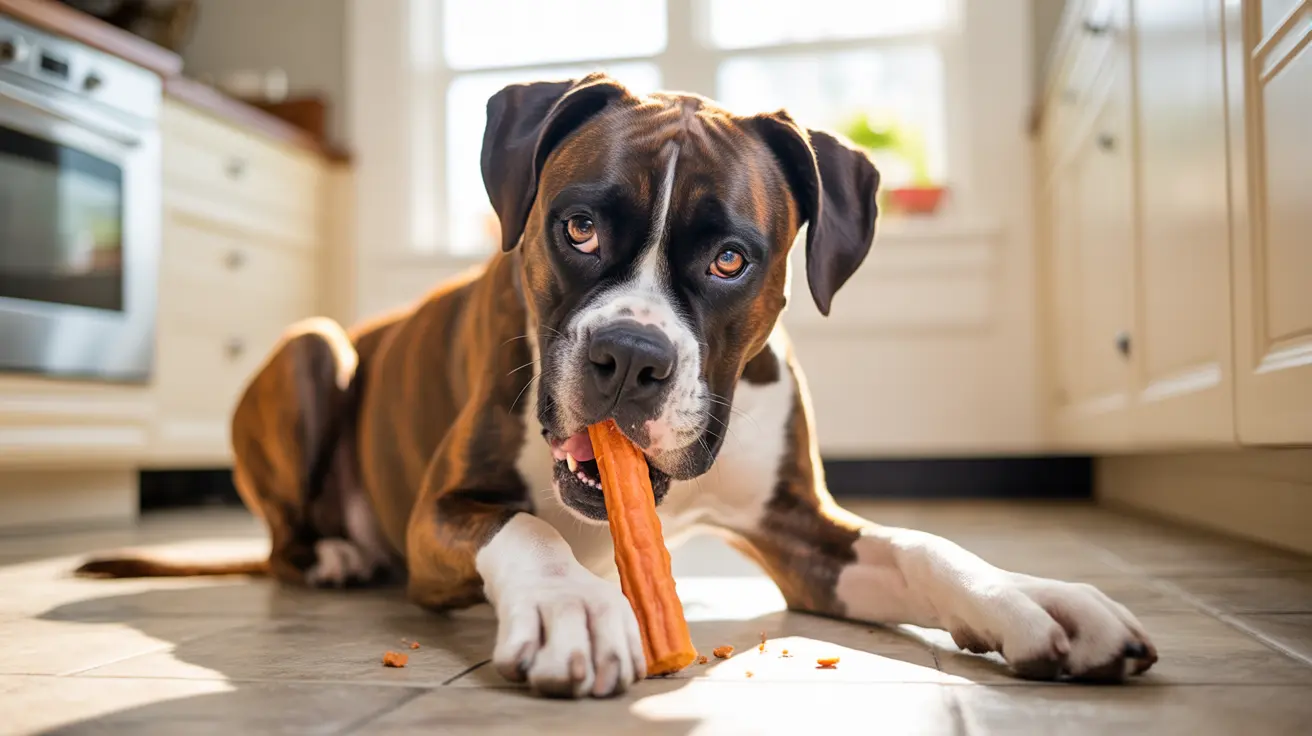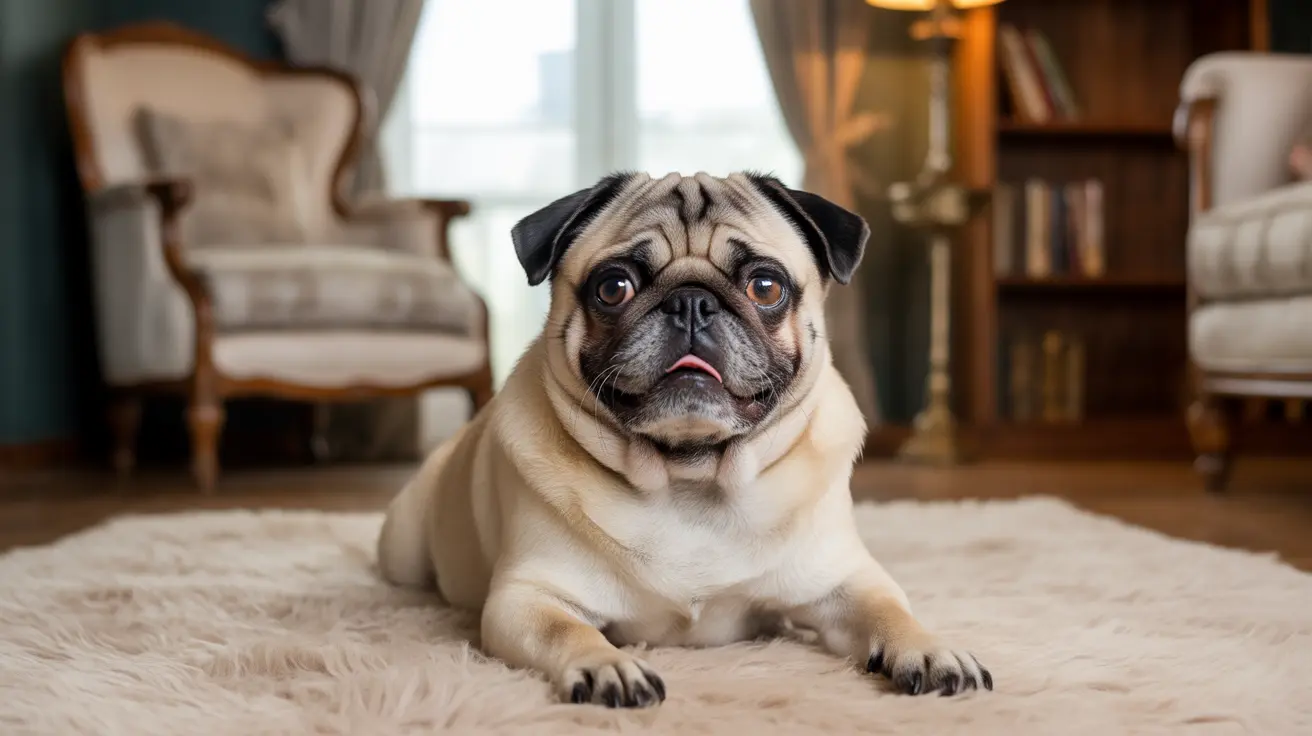How to Stop Your Dog's Feet from Smelling Like Corn Chips
If your dog's feet smell oddly like corn chips or Fritos, you're certainly not alone. This scent, often a quirky source of amusement among pet owners, is surprisingly common and usually the result of naturally occurring bacteria and yeast found on your dog's skin, particularly in the paws. While generally harmless, this smell can sometimes indicate a need for better hygiene or even point toward an underlying health concern.
Why Do Dog Feet Smell Like Corn Chips?
The main culprits behind that corn chip aroma are bacteria such as Proteus and Pseudomonas and various yeast species that reside in the warm, slightly moist environment between your dog's toes. Dogs have sweat glands in their paw pads, and after a walk or while sleeping, those areas can become damp—creating the perfect habitat for microbial growth.
When Is It a Problem?
- If the smell becomes stronger, foul, or unpleasant
- Visible signs of redness, swelling, or irritation on the paw pads
- Excessive licking or chewing behavior
- Hair loss or skin lesions between the toes
- Changes in toenail appearance or texture
Any signs mentioned above should prompt a visit to your veterinarian to rule out infections, allergies, or other dermatological issues.
How to Stop the Smell: Practical Hygienic Tips
For most healthy dogs, the corn chip odor is harmless. Still, there are several proactive steps pet owners can take to reduce or eliminate the smell:
- Wash Your Dog's Paws Regularly: Use dog-specific soap or shampoos to clean your dog's feet, especially after outings. This helps reduce dirt, allergens, and microbial buildup.
- Use Dog-Safe Cleansing Wipes: These are handy for quick cleanups and daily maintenance.
- Dry Thoroughly After Washing or Walks: Always dry the paws completely after cleaning or outdoor play. Moisture promotes microbial growth.
- Trim Fur Between Paw Pads: Long hair can trap moisture and dirt, creating a fertile ground for bacteria and yeast.
- Keep Nails Short: Short nails reduce the buildup of bacteria and make paw cleaning easier.
- Clean Bedding and Living Areas: Regularly clean your dog’s bedding and vacuum frequently to remove allergens and debris that might accumulate on their feet.
When to Use Medicated Products
A veterinarian may recommend medicated wipes, sprays, or shampoos if there’s an active infection or persistent odor. These treatments often contain antifungal or antibacterial agents that target the specific microbes causing the issue.
Preventing Future Issues
- Limit Moisture Exposure: Avoid lingering moisture after walks or rainy conditions.
- Recognize Allergy Triggers: Identifying and managing allergies can help prevent secondary skin infections.
- Routine Paw Checks: Make it a habit to inspect your dog’s feet weekly for signs of redness, cracks, or unusual odors.
What Not to Do
- Don’t Over-clean: Washing paws too frequently with harsh products can strip the protective layer of normal skin flora and cause irritation.
- Avoid Human Products: Many human soaps or disinfectants are too strong for canine skin and can worsen the problem.
Other Sources of Foul Odor
Sometimes, what seems like a paw issue is actually a problem with other areas such as skin folds or ears. These regions can also harbor bacteria and yeast, especially if you have a breed prone to wrinkles or ear infections. If cleaning the paws doesn’t address the smell, it’s worth examining these areas.
Conclusion
While the scent of corn chips emanating from your dog’s feet is usually not worrisome, maintaining good paw hygiene, monitoring for changes, and understanding your pet’s skin health are key to preventing unwanted odors. Most importantly, refrain from using aggressive treatments unless advised by a veterinary professional. With consistent care, your dog's paws can smell as fresh as they look.





